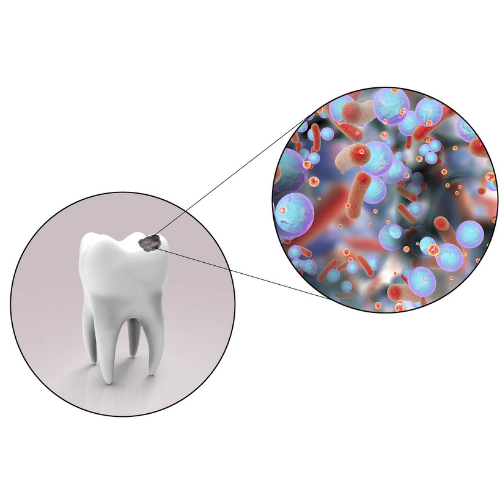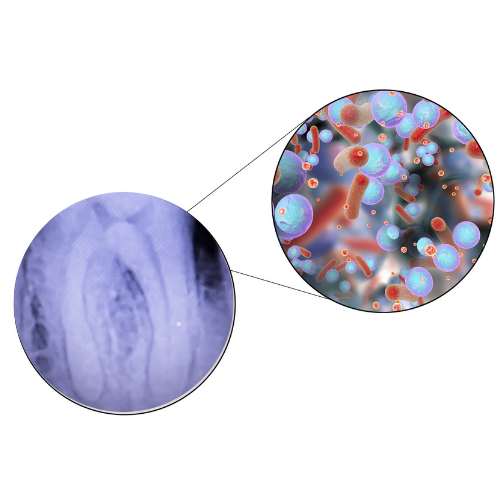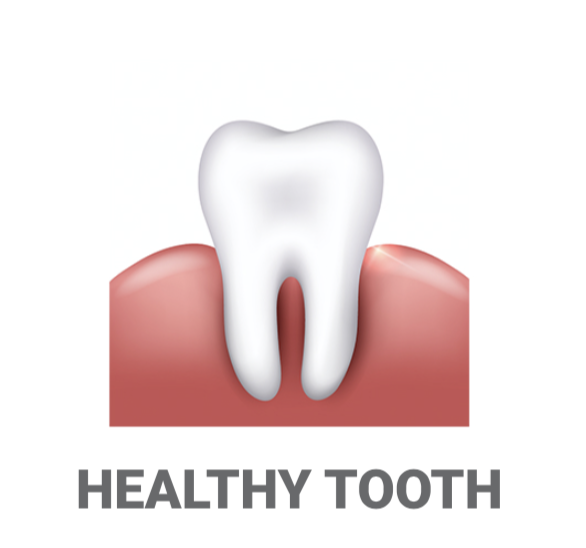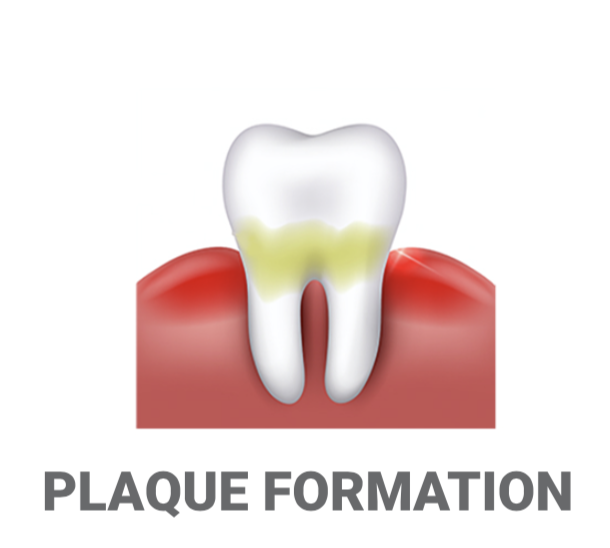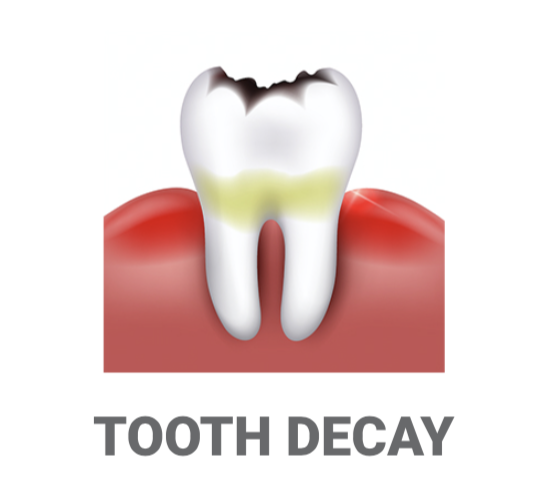How Caries Forms On Your Teeth
Cavities develop over a period of time from untreated tooth decay
Dental plaque is caused by bacteria overgrowth when sugars and starches from food debris are deposited on the teeth. Dental plaque can become tartar (calculus) if not removed in time, which further promotes bacteria growth and becomes even more difficult to remove.
If tooth erosion is left unattended, further expansion of bacteria and acid can reach the inner part of the tooth, the pulp, which contains nerves and blood vessels. The pressure caused by bacteria overgrowth can cause discomfort and pain.
The acid generated from cariogenic bacteria in dental plaque removes minerals in the tooth’s hard, outer enamel which causes tiny holes in the enamel. If left untreated, bacteria proliferate and acid can reach the next layer of the teeth, the dentin, which is softer than enamel and less resistant to acid erosion.


